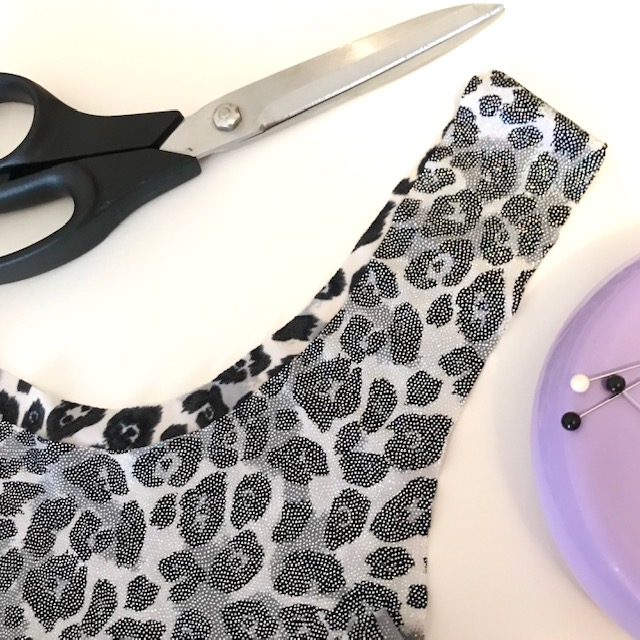
Have you ever wanted to sew your own swimsuit but weren’t sure where to begin? It’s not a very common garment to make, and the fabrics used for making swimsuits can sometimes be hard to sew. They tend to be slippery and stretchy, as well as easily damaged by pins. In this article, we will talk about the kinds of materials used for creating bathing suits, tips for sewing these fabrics on a machine, recommended supplies, and more!
1. Different Types of Swimsuit Fabric
So what kind of fabrics are used for bathing suits? Technically almost any cloth can be sewn to make a swimsuit, but only some are functional and waterproof. If you want to make a swimsuit that can get wet, the best fabrics are stretchy and water-repellant. Swimsuit material will either have 2-way stretch (along either the vertical or horizontal line) or 4-way stretch (both vertical and horizontal). These include:
- Nylon (with stretch added)
- Spandex
- Polyester
Blends of these synthetic materials are also very common in swimwear (and are also sometimes used for other types of garments as well). Additionally, the thread you use to sew the bathing suit should also be polyester or similar, never cotton. Natural fabrics and threads like wool, cotton, and linen aren’t recommended for this kind of garment. These fibers hold water, won’t stretch enough, and don’t dry quickly, so look for synthetic stretch fabrics instead. While most of the tips we are discussing here apply to traditional women’s swimwear, men’s swim trunks are also usually made from polyester or nylon (just with less stretch added).
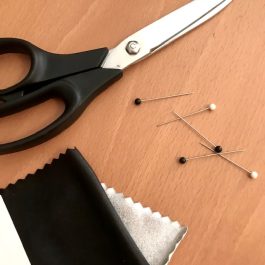
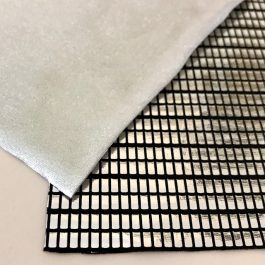
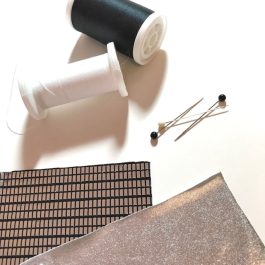
2. Pinning and Cutting
Bathing suit material can be slippery, making cutting it out more difficult. Utilizing pattern weights and proper pinning can help control the fabric. Be very careful when placing pins on this type of cloth as they can damage stretchy swimsuit fabrics. For this reason, try to place the pins in the seam allowances or in a discrete place. Clips can be used if you don’t have pins, but be aware that slippery bathing suit material can sometimes shift around when using them.
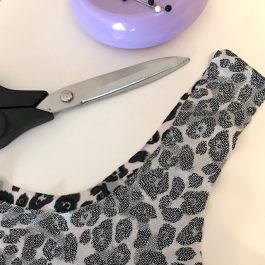
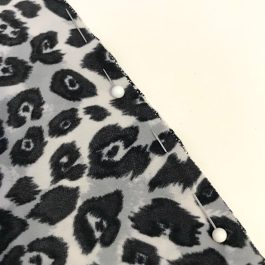
Grain line and proper fabric alignment are also crucial when cutting out swimsuit fabric. Follow a commercial pattern’s directions carefully, and if creating your own pattern, align all of the fabric the same way. In most cases you want to avoid placing the pattern on the bias when making swimwear.
Cut the material with a sharp pair of fabric scissors or rotary cutting mat and pad for the most accurate fit. When working with swimsuit fabrics, being off by even a bit can change the end result. Take your time and double-check the measurements and fabric!
3. Sewing on a Machine
A serger is often used to join seams together on a bathing suit, but a sewing machine can work as well! The exact machine settings that should be used will vary a bit depending on the fabric weight, content, and the shape of the garment. Generally, swimsuit fabrics are best sewn with a jersey or ball-point machine needle (sometimes called a “stretch” needle). Stretch thread should ideally be used for the bobbin, and wound by hand. As for the stitch type, a small zigzag or lightning bolt stitch will securely connect the fabric pieces while allowing for needed stretch. If your machine has a triple zigzag stitch, that is even better for sewing swimsuit material!
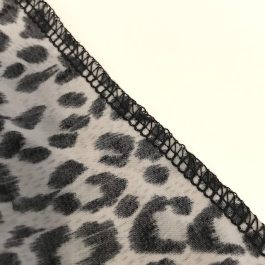
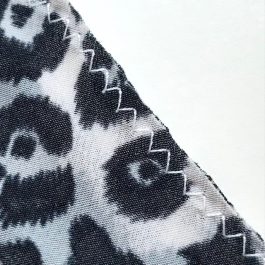
Swimsuit material should be handled with care when sewing. Hold the cloth taut but not too tight or it can wrinkle or pucker. Creating a test patch of your fabric, thread, and machine settings can help you know if they will all work together for your swimsuit.
4. Linings
Bathing suits are often lined for comfort and to prevent them from being too revealing when wet. Commercial patterns will specify whether you make an entire lining or partial, or if you’re drafting a pattern, it’s your choice. The lining can be done with the same material as the front, but ideally, designated swimsuit lining fabric should be used. Swimsuit lining is quick-drying and made from the same kind of fibers as outer fabric. It’s available in solid colors, including black, white, and beige. Sew linings together on a machine with the same settings and needle type as above, then place inside the suit and attach with a zigzag or similar stitch.
5. Binding Swimsuits
The binding of raw edges on a swimsuit is also very important. A bathing suit must be properly finished to prevent fraying and wear. The hems should be stretchy and also comfortable, especially around the arms and bottom. For this reason, elastic is usually sewn into the open edges of fitted swimwear. “Swimwear elastic” is widely available and is the perfect size and thickness for this purpose (about 3/8” (inch) thick). It’s made from cotton that contains a high percentage of rubber and will keep its shape while also being resistant to water, UV rays, and chlorine. Using regular elastic on swimsuits won’t have the same result and it can become misshapen and snap over time.
After pre-stretching it, swimwear elastic should be machine-sewn into the arm, chest, and leg openings before cover-stitching. Use a zigzag or stretch stitch with a stretch needle, along with hand-wound stretch thread in the bobbin. Stretch thread will prevent the stitching from breaking and keep your swimsuit looking beautiful over time.
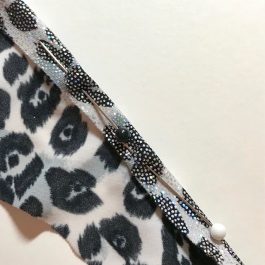
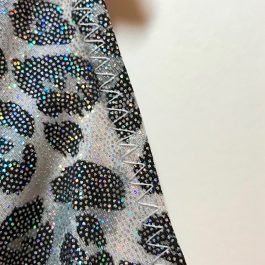
Have fun making your own swimwear!

I’m loving these tips ! Thank you so much.
We’re so glad you enjoyed this article! Have a great day 🙂 – Ashley, We Like Sewing
I actually thought I would be getting a book in the mail not an e-book to try and read. If you do not have regular books that you send out, I would like to cancel my order simply because I do not enjoy reading off my phone. Thank you so much sincerely yours Madeline Cook
Hi Madeline! We have passed along your cancellation request to our customer service team. You should receive confirmation from them via email within the next few days. Have a great day! – Ashley, WeLikeSewing